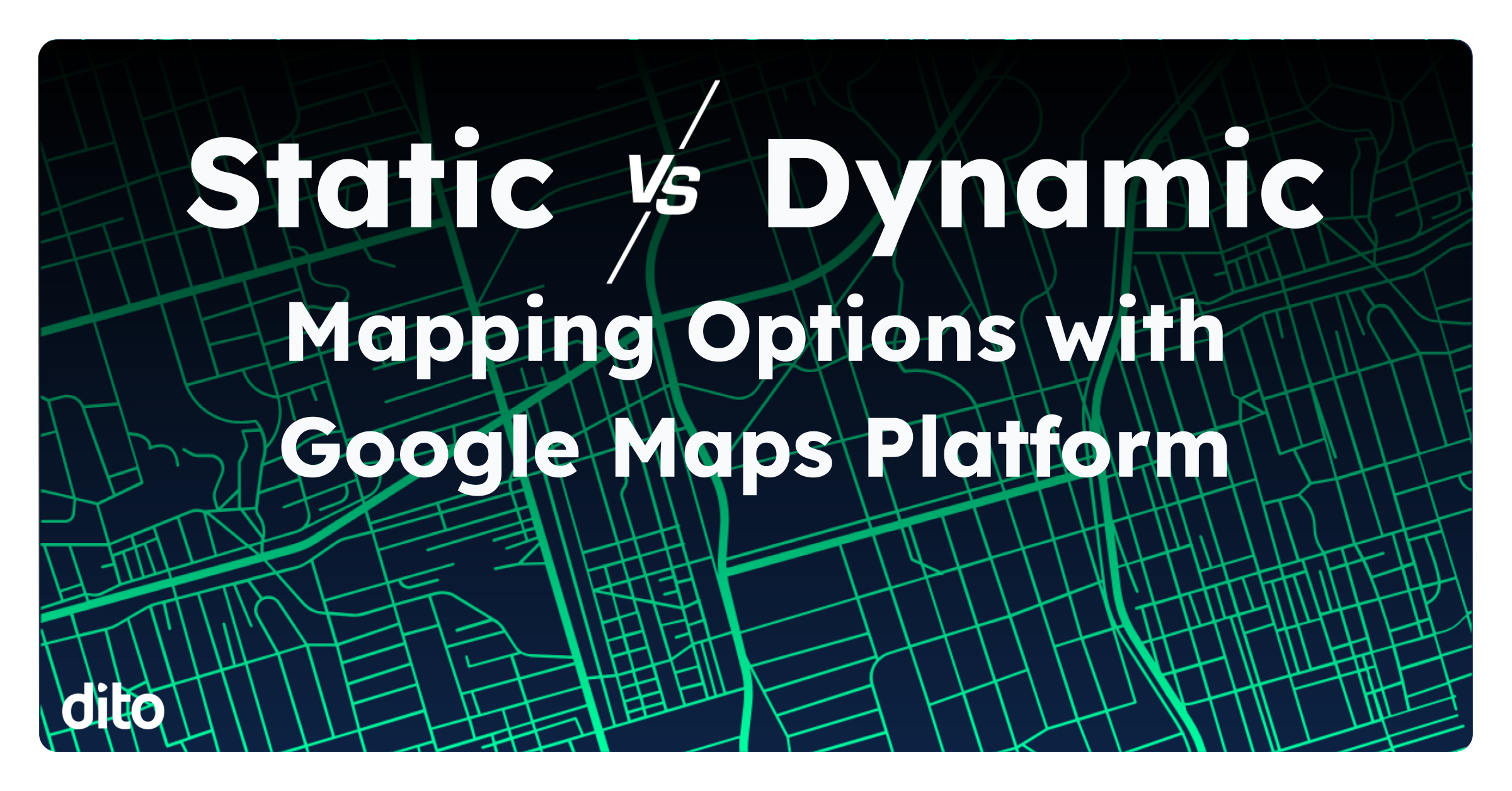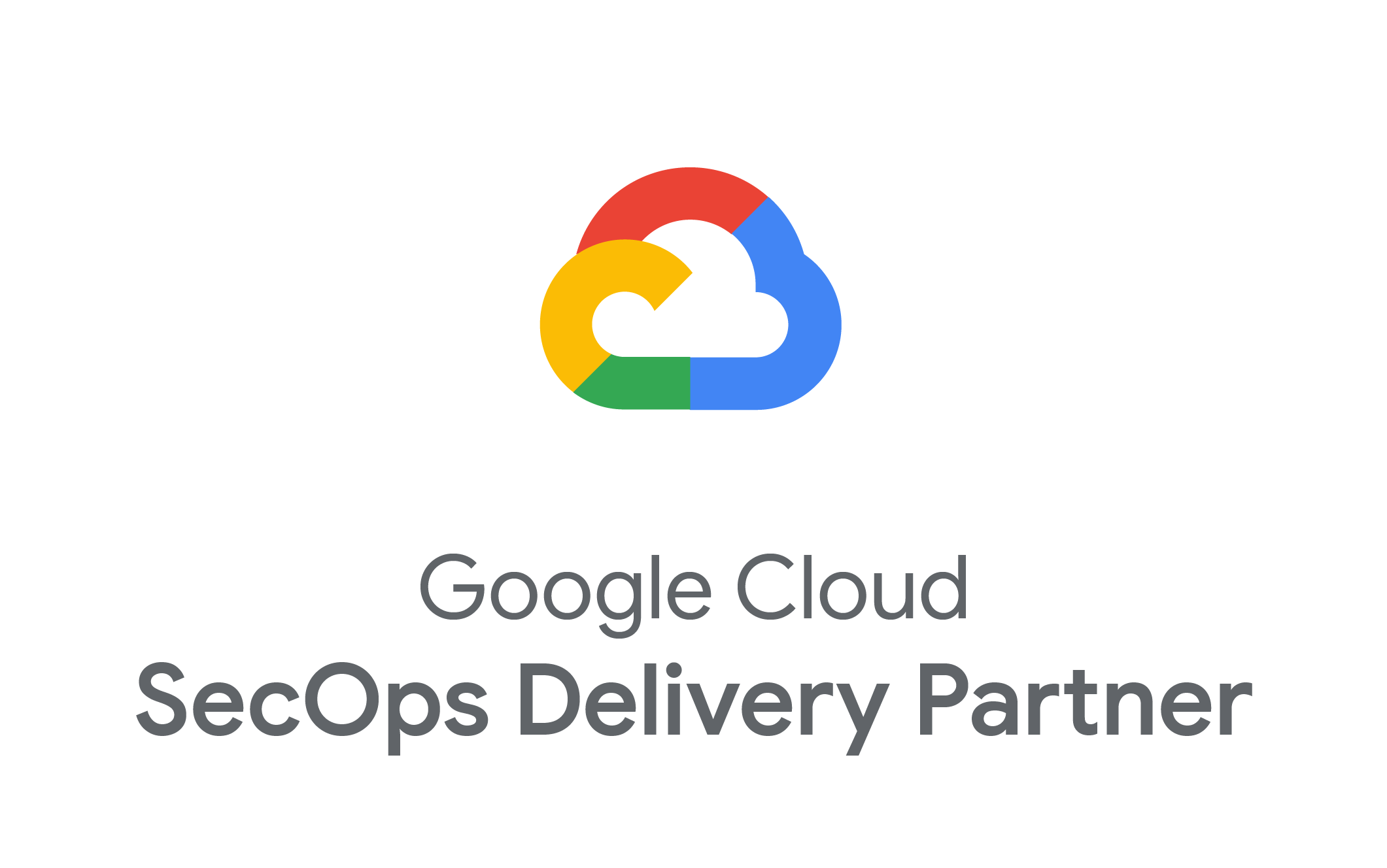Microservices can seem like your worst nightmare at first glance. When somebody tells you that you now get to manage a discrete service for each function included in a task, as opposed to a single application, the idea is going to get some pushback.
In the cloud microservices world, that pushback has already happened.
Early microservice adopters had to deal with significant operational overhead as they built and refined architectures to support operations, but that’s changing with advances in cloud infrastructure and artificial intelligence models. Google Cloud is making such capabilities accessible.
Microservices in Google Cloud
A microservice is a discrete function that takes an action or lets users perform a function, similar to an application, but without the need to connect with databases or external functions. In other words, it’s a string of events and commands that fulfill a specific need.
Cloud microservices are useful for their simplicity – both in terms of developing them and for end-user interactions. But they have long been somewhat impractical because of the complexity of deploying, managing and optimizing a cloud infrastructure configuration that supports microservices.
How are you going to identify a performance bottleneck for such a small system instance? How can you scale resources when demand can fluctuate so heavily due to the simplicity of the solution? How will you organize, monitor, secure and manage diverse microservice instances?
These are very real questions that are being answered in the Google Cloud Platform. Historically, you’ve had to deal with a lot of manual work to address these concerns. But Google has updated its Kubernetes engine for AI-driven containerized cloud setups to automate many of the processes associated with microservice management.
With a Kubernetes-based container setup, organizations can transform how they deploy and manage containers through AI-based decision-making tools that handle much of the legwork for them, a Google blog explained.
What’s more, the search engine giant pointed out that the flexibility of the container-based model lets organizations integrate multiple microservices so they function as a single entity.
Imagine you have a team that needs an app to solve a highly specific problem. You create a microservice for that issue, then a few months later another pain point comes up and you develop another microservice. But the issues are related and often interact. A containerized setup lets those microservices interact with one another, allowing for smoother operations and a stronger foundation.
Creating Value From Microservices
A separate Google blog tells the story of a company that used microservices as part of its smart city project.
Prior to the project, the organization found significant roadblocks in managing microservices effectively, leading to compromises in the vision. But by blending domain-driven design, event-driven architectures, serverless computing and microservices allowed the business to simplify microservice management and create the powerful solution it needs.
Google Cloud created a foundation upon which the organization could build microservices for each command and event in its system, allowing for extremely refined and clearly defined processes that are highly automated.
This initiative highlights why cloud microservices are so valuable. In a typical application, you need to build out data workflows and user interactions to support complex processes in response to events. With a microservice, you can establish AI-based commands that automatically trigger in relation to certain events and define parameters for human interaction in unusual circumstances.
Transitioning to microservices creates a clearly defined path to increased automation and IT precision, and Dito can help you optimize your infrastructure to maximize value potential. As a certified Google Cloud partner, we can work with you to migrate to Google Cloud or advance your existing configuration to take full advantage of what microservices have to offer.








